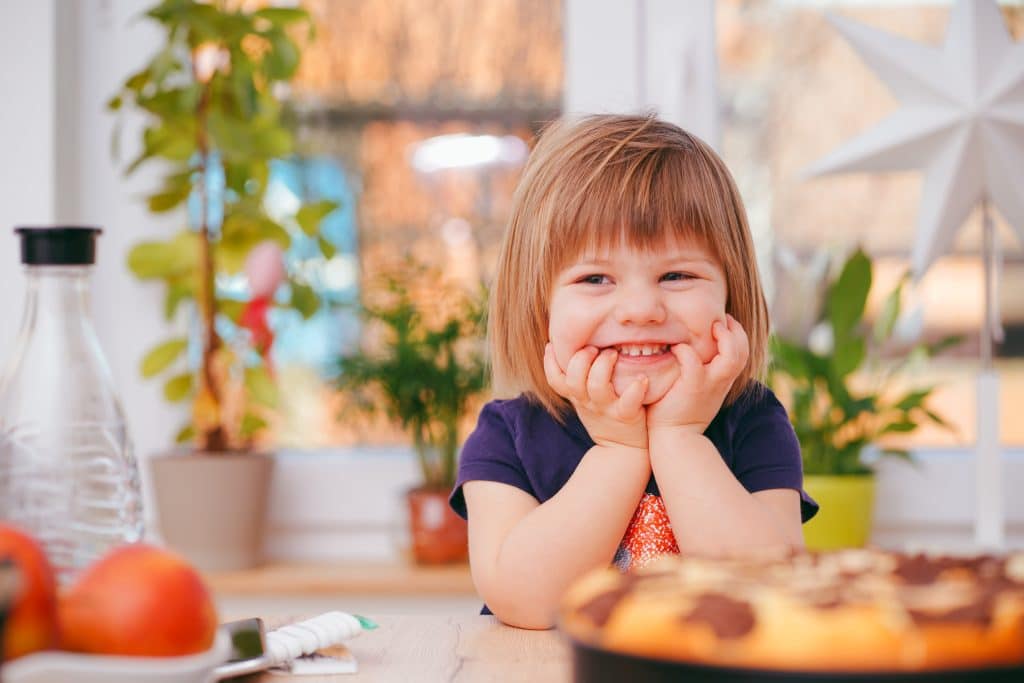Ah, the intricate tapestry of emotions. For those of us guiding young minds through life, there’s nothing quite like the magic of watching kids grapple with and eventually recognize their feelings. A perennial challenge? Helping our sprouts discern the nuances of their “green emotions.” It’s not just about the verdant color of envy or a budding talent; it’s about a spectrum of feelings, many of which are under-discussed yet incredibly significant. Not to brag (well, maybe just a tad), but our Goal Mine class offers a spectacular video that makes understanding these emotions a cakewalk for kids. It is worth a watch for any youngster eager to decode these sentiments.
Table of Contents
| Step Number | Description | Key Points |
|---|---|---|
| 1 | Green When Relaxes | Prime time for concentration activities. Reinforce with soothing environments. |
| 2 | Green When Happy | Engage with them during these highs. Provide vocabulary to describe it. |
| 3 | Green When Eating | Use meals as an emotional classroom. Let the dinner plate be a source of discovery. |
Green When Relaxes
- The vibe of a gentle breeze, the soft humming of the forest, or that particular shade of the evening sky – that’s the “green” of relaxation. It’s a serene emotion where heart rates dip and the world seems kind and manageable.
- For parents, here’s a tip: when your kid feels this tranquil emotion, it’s prime time for them to engage in activities that require concentration. Think puzzles, reading, or even gentle chores.
- Reinforce this feeling with soothing environments. Dimmed lights, soft music, and a consistent routine can help solidify their association with this calming “green.”
Read more: Emotions Quiz for Kids

Read more: Red Yellow Green Behavior Charts | Free Printable
Green When Happy
- Happiness – it’s the “green” that every caregiver aspires for their kids to feel. Bursting with a vibrant energy, it’s when eyes sparkle and laughter becomes the melody of the house.
- To amplify this, engage with them during these highs. Play their favorite games, dance with them, or share stories. Involvement is key.
- However, this is crucial to ensure they can recognize this happiness themselves. Please provide them with the vocabulary to describe it.
- Words can be simple: joy, thrilled, delighted. Let them own their feelings!
Green When Eating
- The satisfaction of a meal, the joy of trying something new, or the contentment of a familiar favorite – food brings out a distinctive “green” in emotions.
- For parents, the dining table can be a classroom for emotional education. Encourage kids to express how certain foods make them feel. Is the creamy ice cream making them elated? Or does the tangy lemon make them feel adventurous?
- Subsequently, use meals to introduce them to newer feelings and experiences. In other words, let the dinner plate be a source of nutrition and emotional discovery.
Read more: What are the Zones of Regulation?
In short, emotions are not just black and white. They’re a beautiful blend of many shades, with “green” being one that’s pivotal for kids’ emotional growth. The trick lies in recognizing these “green emotions” and harnessing them for overall well-being.
Goally | Kid’s Tablet for Building Emotional Regulation Skills
Is your child struggling with understanding and managing their emotions? Goally teaches emotional regulation skills in a fun and interactive way!

The Mood Tuner app encourages kids to look inwards and identify their feelings, helping them understand what’s going on inside. Once they’ve recognized their emotions, they can choose from a variety of exercises designed to help them self-regulate and find their balance.
In conclusion, understanding emotions is a journey, and the shades of “green” are just one part. As you navigate this with your young ones, remember that every emotion, be it the calm of relaxation, the euphoria of happiness, or the satisfaction of a meal, is a learning opportunity. And if you’re keen to delve deeper into this, consider getting Goally’s dedicated Tablet. Unlock the treasure trove of video lessons that sincerely teach ” green emotion, ” starting with step #1 you witnessed in our embedded video. Your kiddo’s emotional well-being? That’s one investment that’ll always reap rich dividends. Above all, the real magic lies not in identifying these emotions but in celebrating each shade.

Goally
We help parents teach their kids life skills, like doing bedtime and morning independently. Backed by science, we incorporate evidence-based practices and expert-informed designs in all of our apps and content.





